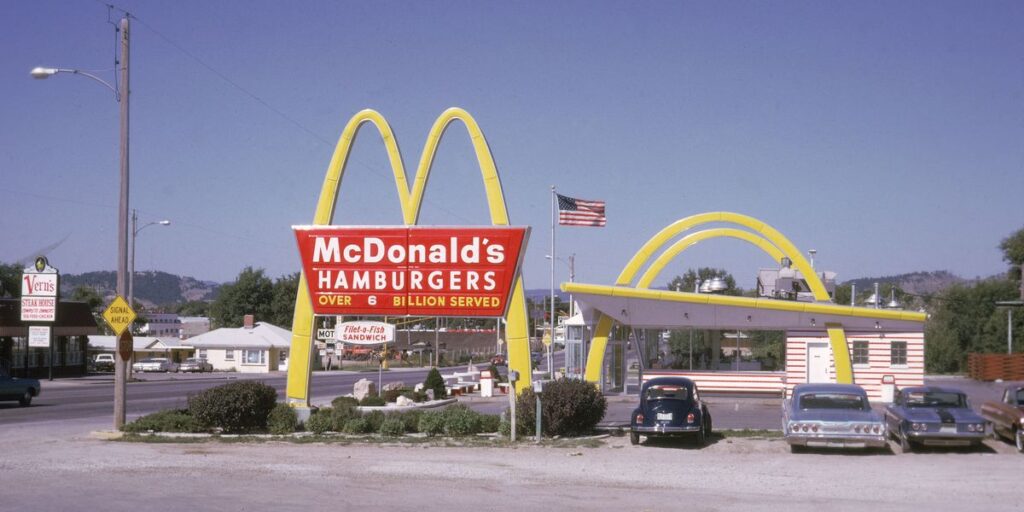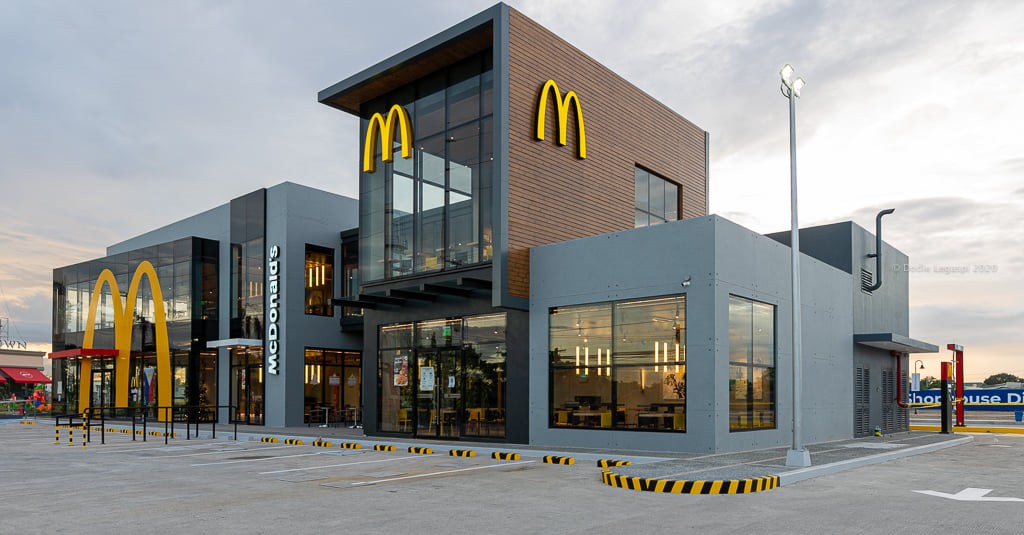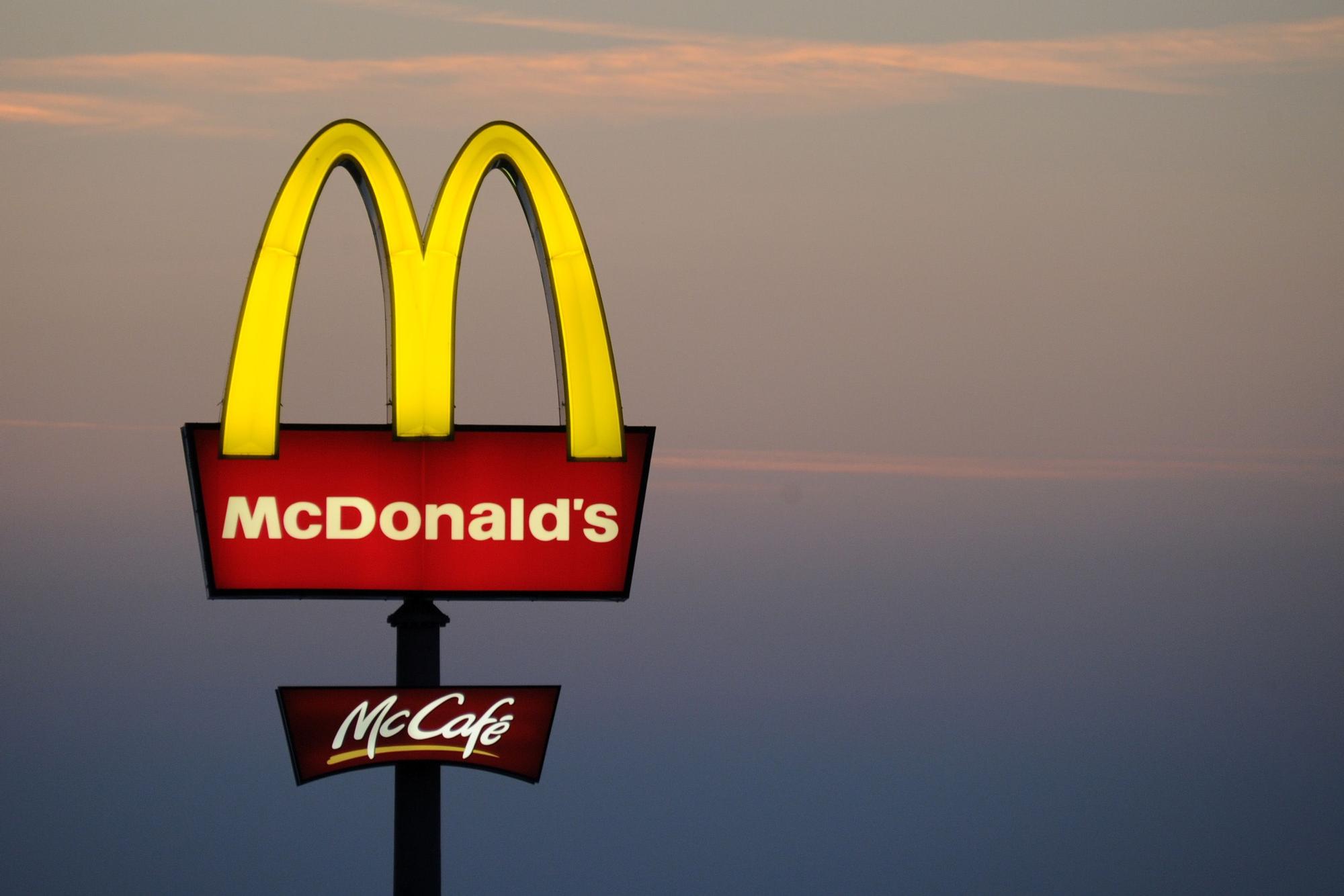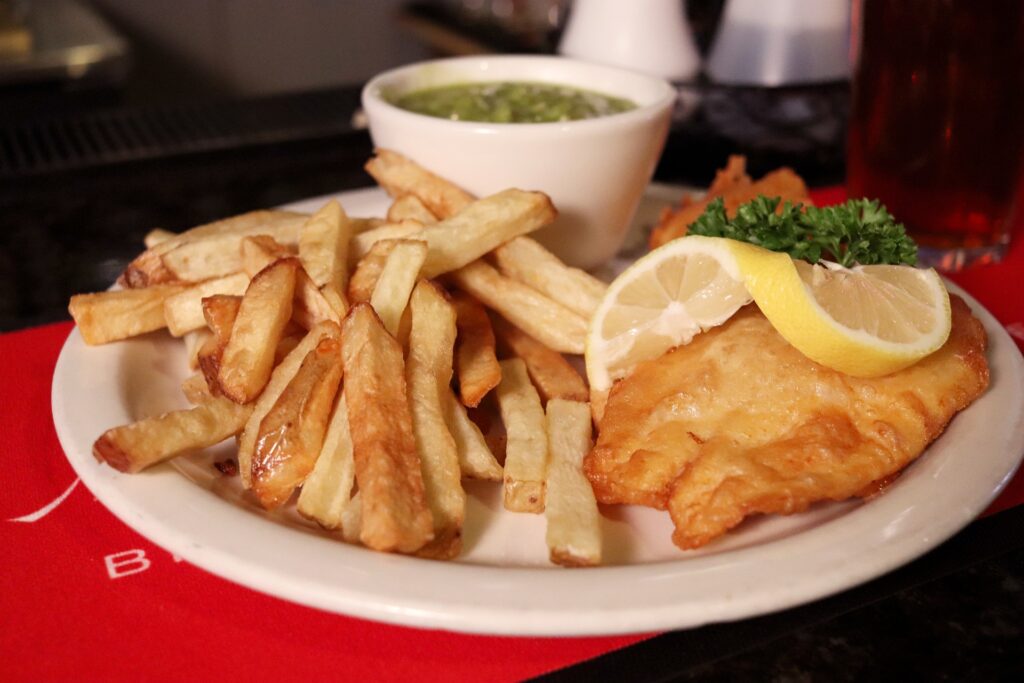McDonald’s, one of the world’s largest and most iconic fast-food chains, has a rich history that spans several decades.
The story of McDonald’s involves the vision of its founders, the development of its brand, and its significant impact on global fast-food culture. Here’s a detailed account of the history of McDonald’s:
Founding and Early Years (1940s-1950s): The McDonald’s story begins with Richard and Maurice McDonald, who opened a drive-in restaurant called McDonald’s Bar-B-Q in San Bernardino, California, in 1940. Originally offering a menu of barbecue items, the brothers observed that a significant portion of their sales came from hamburgers. Recognizing the potential of a streamlined and efficient operation, they closed the drive-in in 1948 and reopened as a self-service, walk-up restaurant with a limited menu.
The breakthrough came when Ray Kroc, a Multimixer milkshake machine sales agent, visited the McDonald brothers’ restaurant in 1954. Impressed by their innovative “Speedee Service System” and the efficiency of their operation, Kroc saw the potential for expansion. In 1955, he opened the first McDonald’s franchise in Des Plaines, Illinois, and this marked the birth of McDonald’s as a global franchise giant.

Franchising and Growth (1950s-1960s): Ray Kroc’s vision was to turn McDonald’s into a franchise powerhouse. The franchise model proved to be immensely successful, leading to rapid expansion across the United States. By the end of the 1950s, there were over 100 McDonald’s restaurants. The company’s success was built on the principles of consistency, speed, and quality, ensuring that a McDonald’s hamburger tasted the same whether in California or New York.
In 1961, Ray Kroc purchased the McDonald brothers’ equity in the company for $2.7 million, gaining full control of McDonald’s Corporation. The iconic Golden Arches were introduced in the same year, symbolizing the company’s growth and becoming a universally recognized emblem.
Golden Arches and Branding (1960s-1970s): The 1960s and 1970s were marked by McDonald’s emphasis on branding and marketing. The company introduced its famous Filet-O-Fish sandwich in 1965 and the legendary Big Mac in 1968. These additions, along with the memorable advertising campaigns, contributed to McDonald’s establishment as a cultural phenomenon.
Advertising slogans such as “I’m Lovin’ It” and the famous jingle “You Deserve a Break Today” became ingrained in popular culture. The company’s marketing strategies were aimed at creating an emotional connection with customers and establishing McDonald’s as a family-friendly brand.
International Expansion (1970s-1980s): McDonald’s embarked on international expansion in the late 1960s, opening its first international restaurant in Canada in 1967. The company’s approach to global markets involved adapting its menu to local tastes while maintaining core offerings.
The “Big Mac Index” was introduced in 1986, a tongue-in-cheek measure of purchasing power based on the price of a Big Mac in different countries. McDonald’s continued to expand its global footprint, with locations in Europe, Asia, and Latin America, becoming a symbol of American culture worldwide.
Challenges and Evolution (1980s-1990s): While McDonald’s experienced unparalleled success, it also faced challenges. In the 1980s, the company encountered criticisms regarding the nutritional content of its menu, contributing to health concerns like obesity. In response, McDonald’s introduced healthier options, including salads and grilled chicken sandwiches.
The company faced public relations challenges as well, notably the McLibel case in the United Kingdom. Environmental activists accused McDonald’s of various unethical practices, leading to a lengthy legal battle and increased scrutiny of the company’s business practices.
Modernization and Menu Expansion (2000s-Present): Entering the 21st century, McDonald’s focused on modernizing its image. Restaurants underwent renovations, adopting a more contemporary design, and the menu saw additions such as premium salads and the McCafé line of coffee products.
The company embraced technology, introducing self-service kiosks, mobile ordering, and delivery services. The move towards digital innovation aimed to enhance customer convenience and keep pace with changing consumer preferences.
COVID-19 Pandemic (2020s): The global COVID-19 pandemic presented challenges for McDonald’s, prompting the company to adapt its operations. McDonald’s emphasized drive-thru, delivery, and digital ordering options to accommodate changing consumer behaviors. Safety measures were implemented, including contactless services, to ensure the well-being of both customers and employees.

Throughout its history, McDonald’s has made significant contributions to popular culture. The Happy Meal, introduced in 1979, revolutionized marketing to children by combining a meal with a toy. Ronald McDonald, the company’s clown mascot, became a beloved figure in advertising.
The concept of fast food, drive-thru service, and the standardization of menu items pioneered by McDonald’s influenced the entire fast-food industry. The company’s impact on global culture is immeasurable, with the golden arches symbolizing not just a fast-food chain but a global phenomenon.
McDonald’s story is one of innovation, adaptability, and global influence. From its humble origins in San Bernardino to its status as a global fast-food giant, McDonald’s has continuously evolved to meet the changing demands of consumers. The company’s ability to maintain consistency while adapting to diverse markets and societal trends has solidified its place as one of the most recognizable and enduring brands in the world. McDonald’s has not only shaped the fast-food industry but has become an integral part of global culture.



